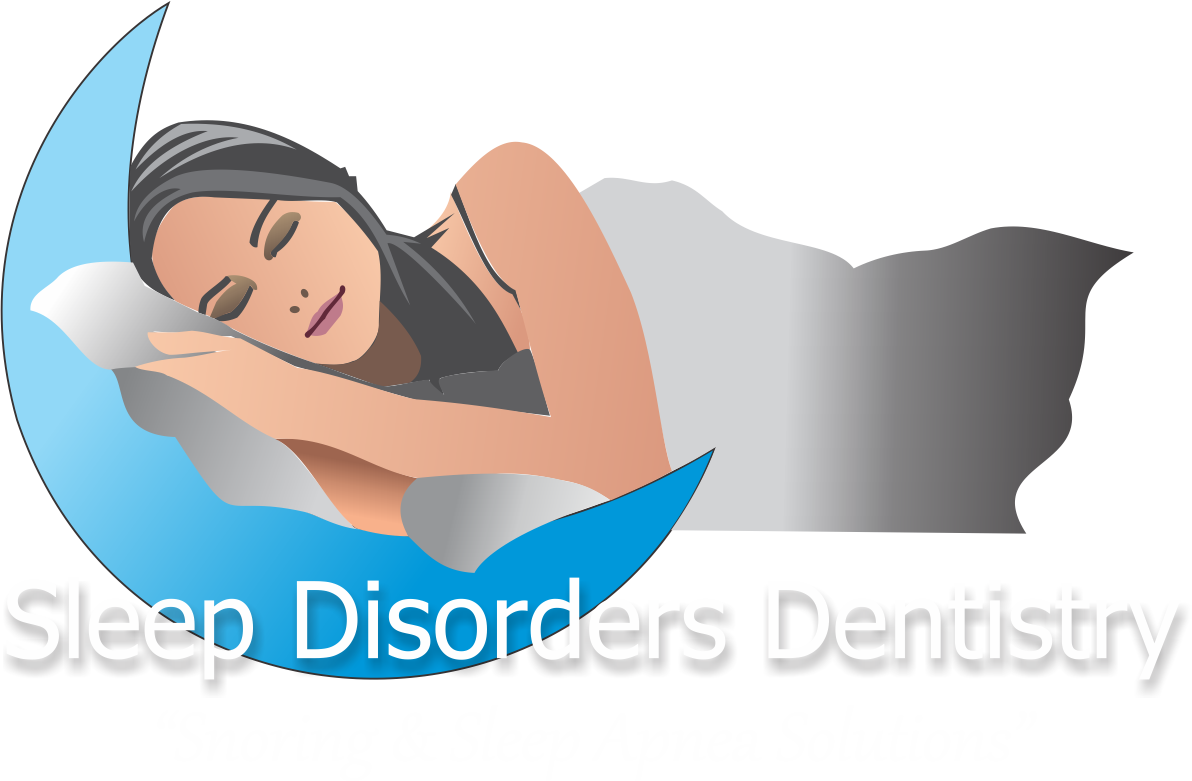Adherence Monitoring for 3D Printed OSA Appliances
Last week Panthera Dental announced that their D-SAD Sleep Apnea appliance is now compatible with the DentiTrac Compliance monitor by Braebon; facilitating documentation of patient adherence to treatment.
Panthera D-SAD
Panthera Dental has secured a Patent on placement of a Compliance Chip on their advancement strap. The system they have developed provides many options. Backward compatible, the strap will work with any D-SAD appliance you have already inserted. Or in the alternative, it can be added in the future should you decide an appliance you insert today requires adherence testing at a later date. Should you want to start with compliance monitoring from the get go, you would first establish a titration end point and then order the compliance chip and special strap in the final endpoint size. If a different strap size is needed in the future (eg, due to patient weight gain) then a different size strap can be ordered and the existing compliance chip can be jumped to the new strap right in your office.
Considering the Federal Motor Carrier Administration's (FMCSA) recent advisory to medical examiners that oral appliances are acceptable treatment for Commercial Drivers with OSA, offering up the ability for these drivers to document adherence to Oral Appliance Therapy is the next logical step. This feature will be available in the coming weeks for Canada. However, it will be a tad longer for the U.S., pending obtaining an amendment of their standing D-SAD FDA approval.
Braebon DentiTrac
I inquired with RESMED regarding plans to facilitate documentation of adherence to therapy with the Narval CC appliance. It appears that they are taking a different approach. Their preference is to continue providing a pure, hypo-allergenic appliance, free of metal and other possible allergenic materials. Interestingly, Resmed has a patented technology that is currently available directly to consumers; this technology may be the basis to the solution they are thinking about.
S+ Non Contact Sleep Monitoring System
The consumer product I am talking about is a “Non-Contact Monitoring System” called the “S+”. It uses a patented technology for contactless measurements of sleep and breathing in the home called “SleepSensor”. This system is the size of a small table-top radio that is placed on your night stand. It measures movements using very low power radio waves (less than 1/10 of Bluetooth®). It submits a short pulse of radio wave (10.5 GHz) and then listens for the echo, this echo changes with body movement such as expansion and relaxation of your chest as you breathe in and out, and overall movements such as positional changes, arm twitches and shrugs. A literature-validated algorithm then converts these changes in echo into a signal that reflects actual body movement. The premise here is that body movement is representative of Sleep Quality; if you're moving continuously, you're unlikely to be asleep, if you're in deep sleep, there will be relatively little movement, and your breathing will be very regular. Clothing and blankets are almost transparent to radio waves at these frequencies and as far as radio waves are concerned a body is simply a large watery object. Physics at it’s finest! This technology has been tested in a controlled fashion against expert manually scored data of patients gathered in several accredited sleep laboratories, the results show that an algorithm based on the combination of movement and breathing information is capable of detecting multiple sleep states with a high degree of accuracy. 1, 2
Since this technology provides information about improvement in Sleep Quality throughout the Sleep period, it actually documents overall impact of the therapy on Sleep Quality rather than simply adherence. Of course, without adherence, the therapy would not register as effective; a little like hitting two targets with one stone! In addition, usage of a non-contact bio-motion sensor allows for the low cost monitoring of sleep macrostructures over successive nights in an unconstrained environment, suitable for use with PAP, oral appliances, positional therapy and any other therapy employed. Personally, I see potential utility in our efforts to establish optimum titration of our oral appliances! I look forward to seeing what ResMed comes up with.
Progress… Don’t you love it!
John Viviano DDS D ABDSM
REPRINTED FROM: SleepScholar.com
1. O’Hare E et al. Sleep Breath 2015 Mar;19(1):91-8. A comparison of radio-frequency biomotion sensors and actigraphy versus polysomnography for the assessment of sleep in normal subjects.
2. Pallin M et al. J Sleep Res. 2014 Aug;23(4):475-84. Comparison of a novel non-contact biomotion sensor with wrist actigraphy in estimating sleep quality in patients with obstructive sleep apnoea.



